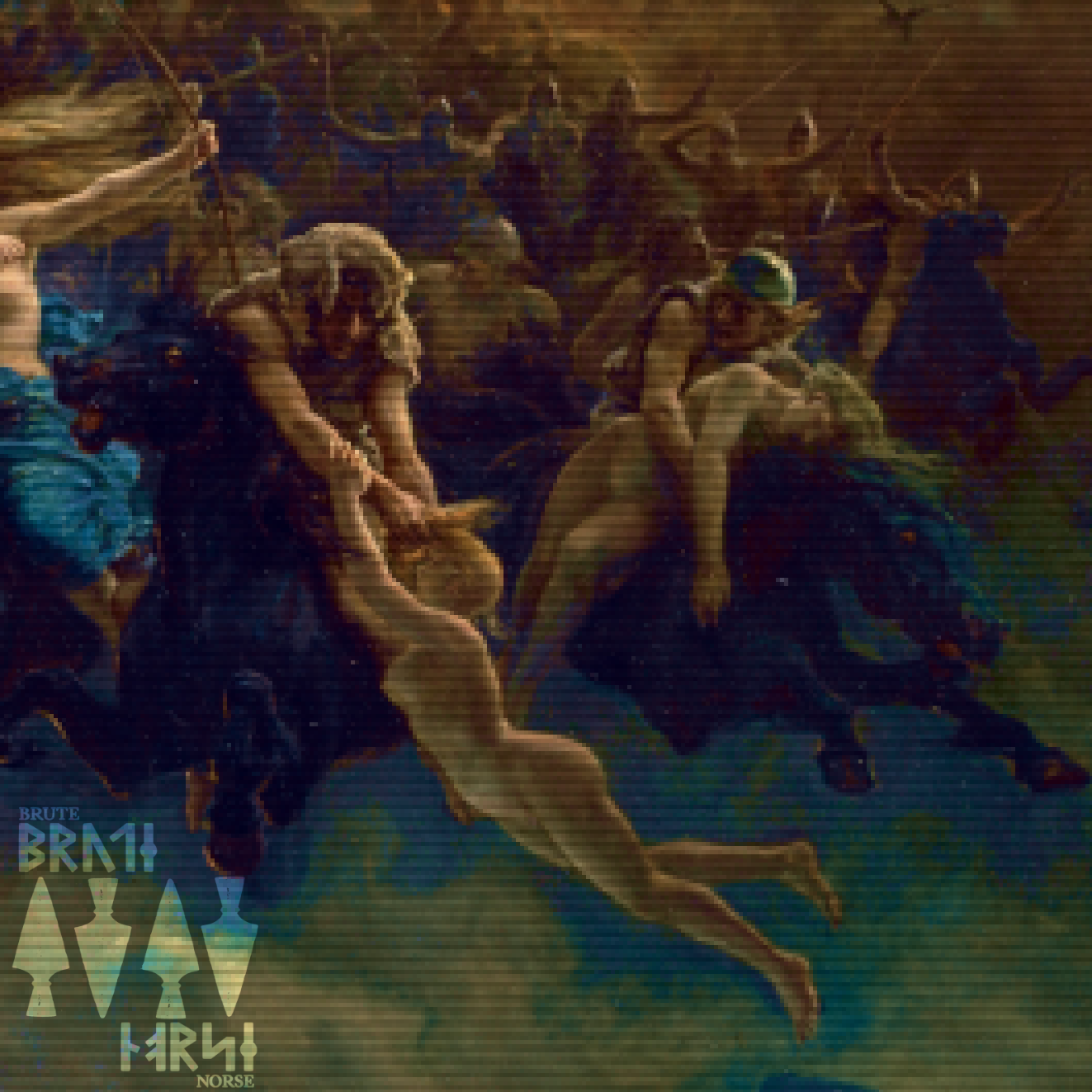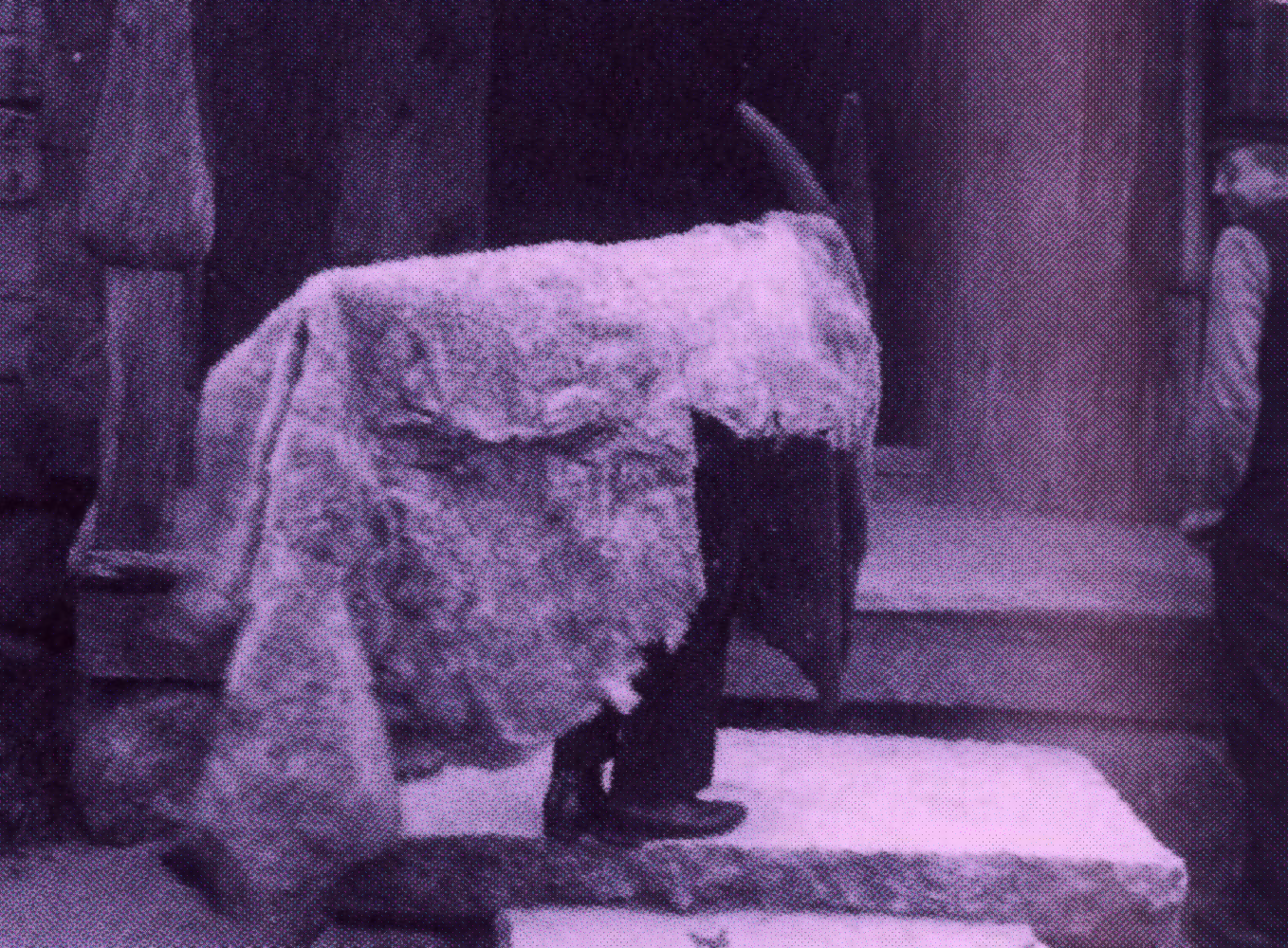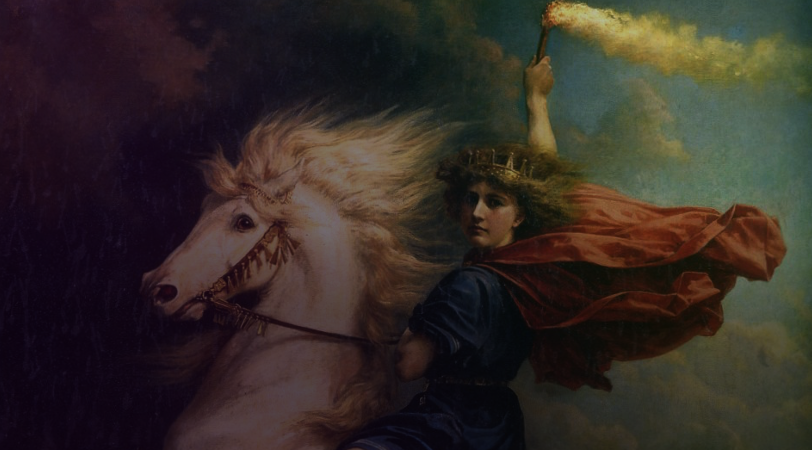The Norse lunisolar calendar
While there's a time and place for everything, it seems solstice was not the time of the yule blót. So far, all of the sources place the event between January and February, but we have no yet come to explain the flaky and inconsistent dating of jól itself. Why do the sources give varying dates for the festival, within such a discrepant timeframe as January through February? This is where the pre-Christian calendar system comes in.
The festival of jól took place within a certain timeframe in the Norse calendar, which contained no less than two months of Yule, called Ýlir and Jólmánuðr respectively. Yule is a common Germanic holiday, and the tradition of two Yule months are attested as far back as 4th century Gothic texts, as supported by by Anglo-Saxon sources, where the 8th century chronicler Bede writes that the pagan Angles followed a calendar based on the lunar cycles. Yet, he also states that this lunar year was determined on the terms of the solar year: It was lunisolar. What does that mean? Prepare to be amazed!
This system was also in place in Scandinavia. As the name implies, months were determined by lunar phases, from new (nýr) to waning (né) moon. There are 12 months in a solar year, which lasts 365 days. However, it takes only 354 days to complete 12 lunar cycles. Therefore, a certain new moon will occur 11 days earlier than it did in the previous year. A lunar calendar won’t “stay still”, but actually rotate backwards. Every month will seem to start 11 days earlier than the previous year, unless there is a system in place to stop it. In some systems, such as the Islamic calendar, the months change from year to year. Muslims might observe the holy month of Ramadan in the middle of the summer one year, and late autumn a dozen or so years later.
This doesn’t matter so much in climates close to the equator, where there are several harvests in one solar year. It’s a big problem in Northern Europe, where the calendar helps determine the one time in the year where harvest is expected, requiring the calendar to bounce back to roughly the same point in the astronomical year every cycle. One way to make sure the months weren't spinning backwards was to make an exception in the lunar calendar, where the winter solstice always marks the point where the first month of Yule ends, so that the second Yule month starts with the next new moon, no matter what. In other words the Norse month ýlir always contained the solstice, but the second month contained the yule moon, which occurs on the first full moon following the new moon past the solstice. This, my friends, was probably when the actual and main feasts would have taken place. A consequence of this system is the fact that the lunar phases would “bounce” back and forth within a certain interval, but at least it was fixed and not rotating backwards ad infinitum.
Still with me? Good. To make up for the 11 days lost in the lunar year, the Germanic lunisolar calendar seems to have used a leap year system where a thirteenth intercalary month was added to the summer. Why the summer, of all things? Nobody really knows. And how do we know when it’s a leap year if we’re just getting started? Well, Nordberg provides a great rule of thumb: If the new moon occurs 11 days or less after the solstice, the intercalary month is inserted around the time of the summer solstice (for whatever reason) to stop the second yule month from starting before the solstice next year. In this regard, the solstice serves as a regulator, if not an object of celebration in itself.
Interestingly, this seems to recall the great blóts held at Uppsala and Lejre, which occured every ninth year. This is probably no coincidence (Nordberg 2006: 154). Old Norse religion is famously hung up on multiplications of the number three. Here it seems that this was also incorporated into cultic practices through the observance of sacred time. This cycle seems to have been based in an “inclusive” count in which the last year is also the first year of the cycle, so every eighth year according to our conventional way of thinking numbers. The fascinating part about this is that you can easily do the math yourself and actually tie on to the “nine year cycle” of the great blóts, more on this below.
Vocabulary shows that Norse peoples were well aware of the astronomical solstices and equinoxes, but the main pagan religious festivals seem to have been celebrated to mark each quarter of the calendrical year. These did, as previously mentioned, not directly coincide with the solstices and equinoxes, and seem to have been determined by the lunar phases. Because the solar and lunar year met at the winter solstice, the months of the year would bounce back and forth between two points within a certain, ~28 day interval. As Snorri, as well as other sources place the winter blót a month (or more) after the solstice, it seems most likely that jól was celebrated on the full moon of the second Yule month. That is to say the full moon after the new moon following the winter solstice. Then it would always occur no earlier than January 5th and February 2nd in the modern Gregorian calendar, well inside the interval stated by Norse texts.















